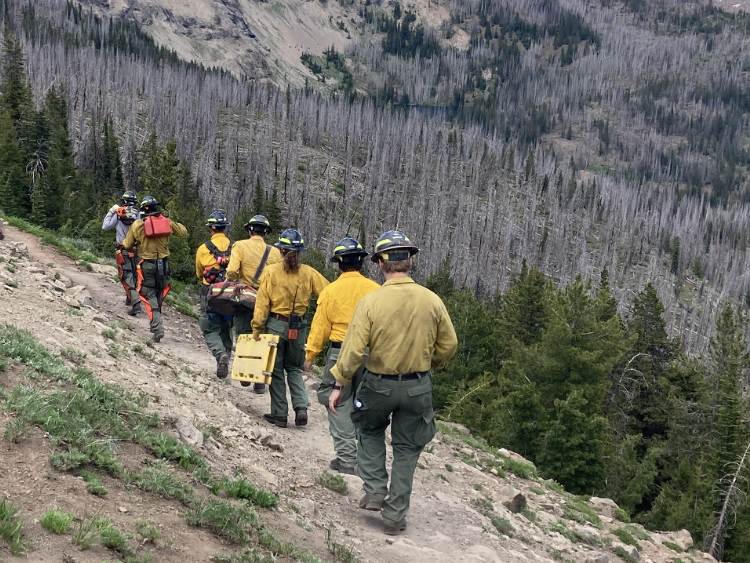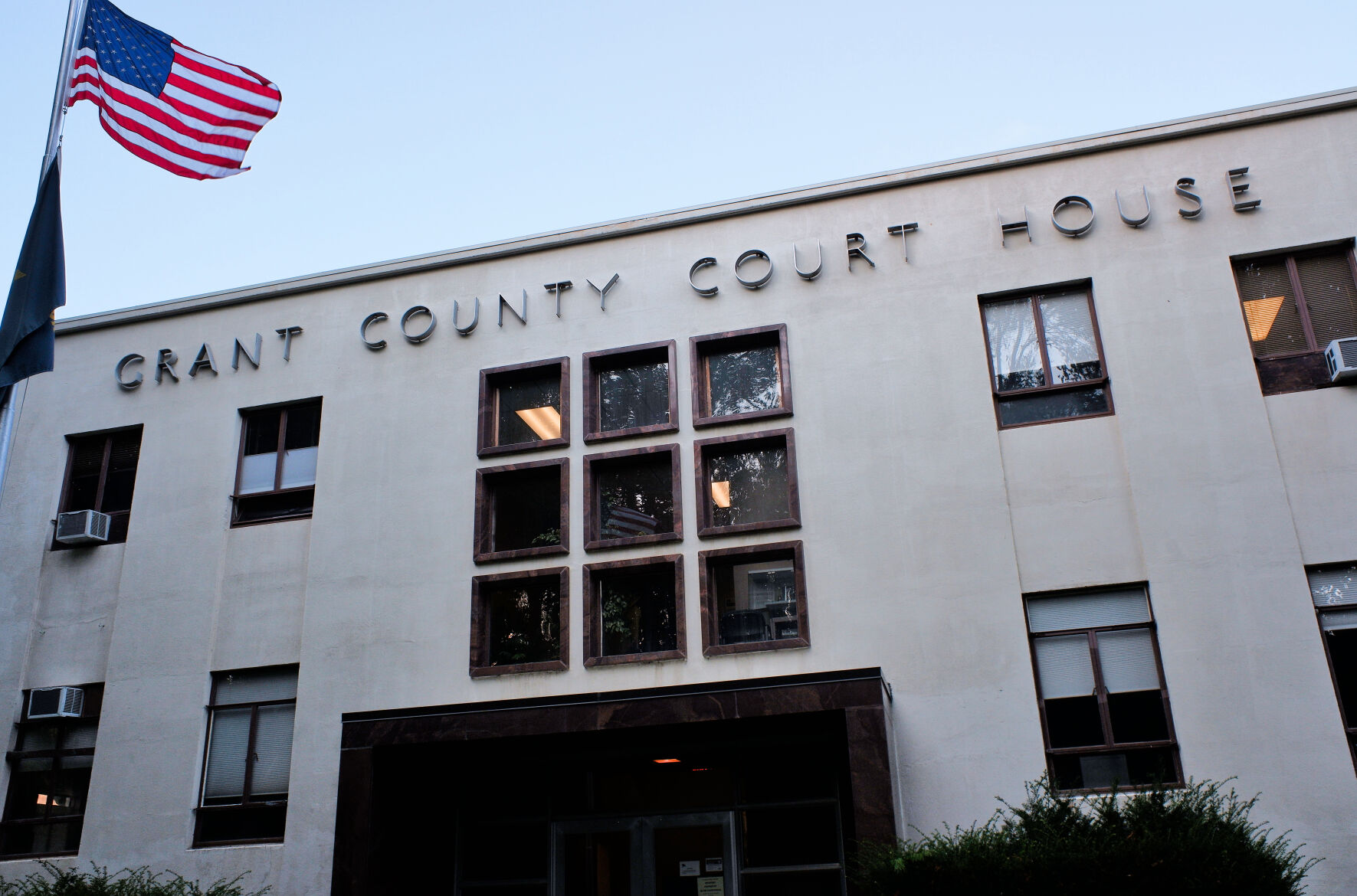Editorial: Thinking outside the fusebox … and other rural challenges
Published 5:00 pm Tuesday, September 9, 2008
It was Kermit the Frog who first fretted that it’s not easy to be green, but our neighbors in Harney County could easily sing the same lament.
A Vancouver, Wash.-based company has filed applications to site three wind-power projects in Harney County, outside the northern boundary of the Steens Mountain Wilderness Area. At first glance this seems to be a win-win for both the county and the state’s energy needs. The projects would provide a new source of clean, green power, and Harney County would get a nice boost for its beleaguered budget – an estimated $500,000 per project per year. But that dream has run into some turbine-sized objections.
For starters, some environmental groups don’t like the idea of locating a wind farm in one of the state’s untouched remote places. They fear that the turbines and the roads needed for the projects would disrupt habitat for sensitive wildlife species. Another objection is that the turbines would mar the view from the wilderness area, a contention that’s already prompted some lively debate online. On oregonlive.com, one self-proclaimed liberal responded to that concern by blogging that if “these radical environmentalists want to oppose wind turbines all over the place, they should be required to stop using electricity, gasoline and running water,” while another described the objections as “jihad extremist” environmentalism.
The latter may seem a little harsh, but the objection about disrupted scenery does beg the question of why we bother to map boundaries for wilderness if ear-shot or eye-shot are going to be the real tests for limiting activities. The lawyers should have a field day with all these issues.
Further complicating things, the project is stirring some debate about regulation of such power projects. Columbia Energy Partners proposed that each of its Harney County sites would generate no more than 104 megawatts of power, just under the 105-megawatt figure that triggers a state Energy Facility Siting Council review. That has some observers calling foul, contending that the trio of projects are really one, and they should undergo the state review process. The applicant counters there are good reasons for the separate applications, one of which has already been approved by the county.
The dispute sets the stage for broader state discussion on how to govern siting processes. The state expects to see a flurry of new applications for renewable energy projects as Oregon pushes to have 25 percent of its electricity use derived from renewable energy sources by 2025. That suggests it’s a reasonable idea to have a comprehensive plan for renewable energy development in Oregon. However, the Harney County case also foreshadows a state-local power struggle over such projects.
Not surprisingly, rural officials worry that new layers of state intervention will simply set up costly roadblocks rather than facilitate change. That’s a perception based in previous dealings with Salem-based authorities on natural resources issues. Oregon’s rural counties arealready still struggling from the loss of timber revenue and legal challenges to the timber and grazing industries. On the energy front, the rural counties have fewer options than their urban neighbors in energy and conservation options. Small power-generation projects that tap renewable sources could be one bright spot for an otherwise gloomy economic picture.
Indeed, these proposals to tap green energy like wind and solar power could have broad ramifications, but the officials on the ground should have a voice – a strong one – in determining what happens in their territory. The challenge ahead is for state officials to process renewable energy developments without squelching local initiative and control. Overall, as Oregon seeks to minimize its dependency on nonrenewable energy, the goal must be to encourage – not discourage – innovative solutions.









